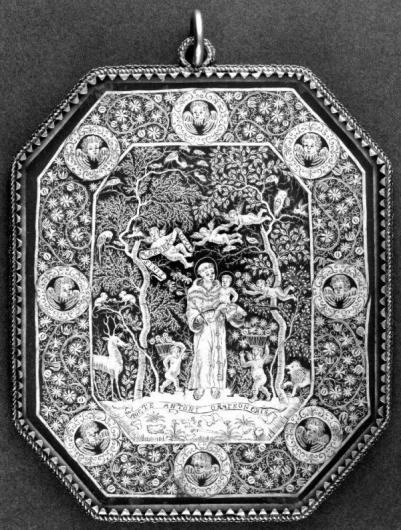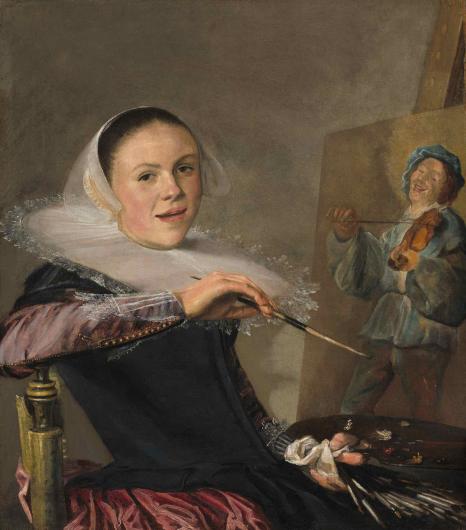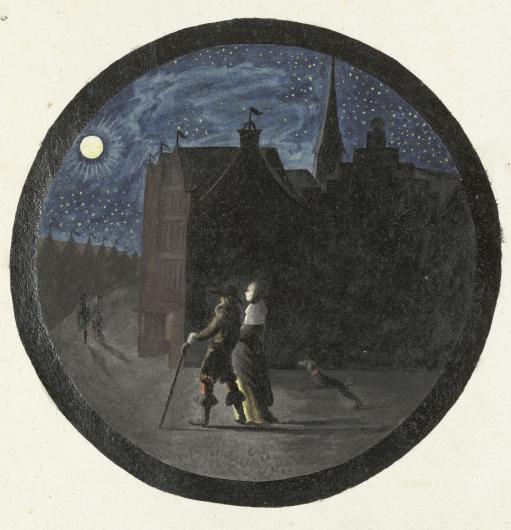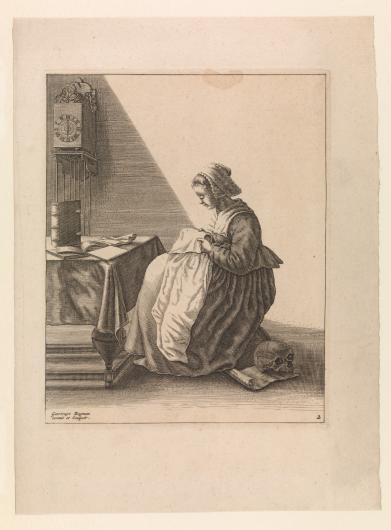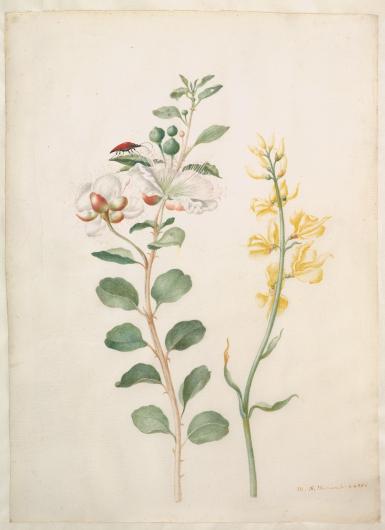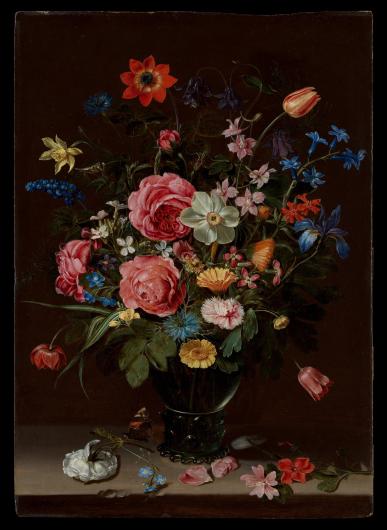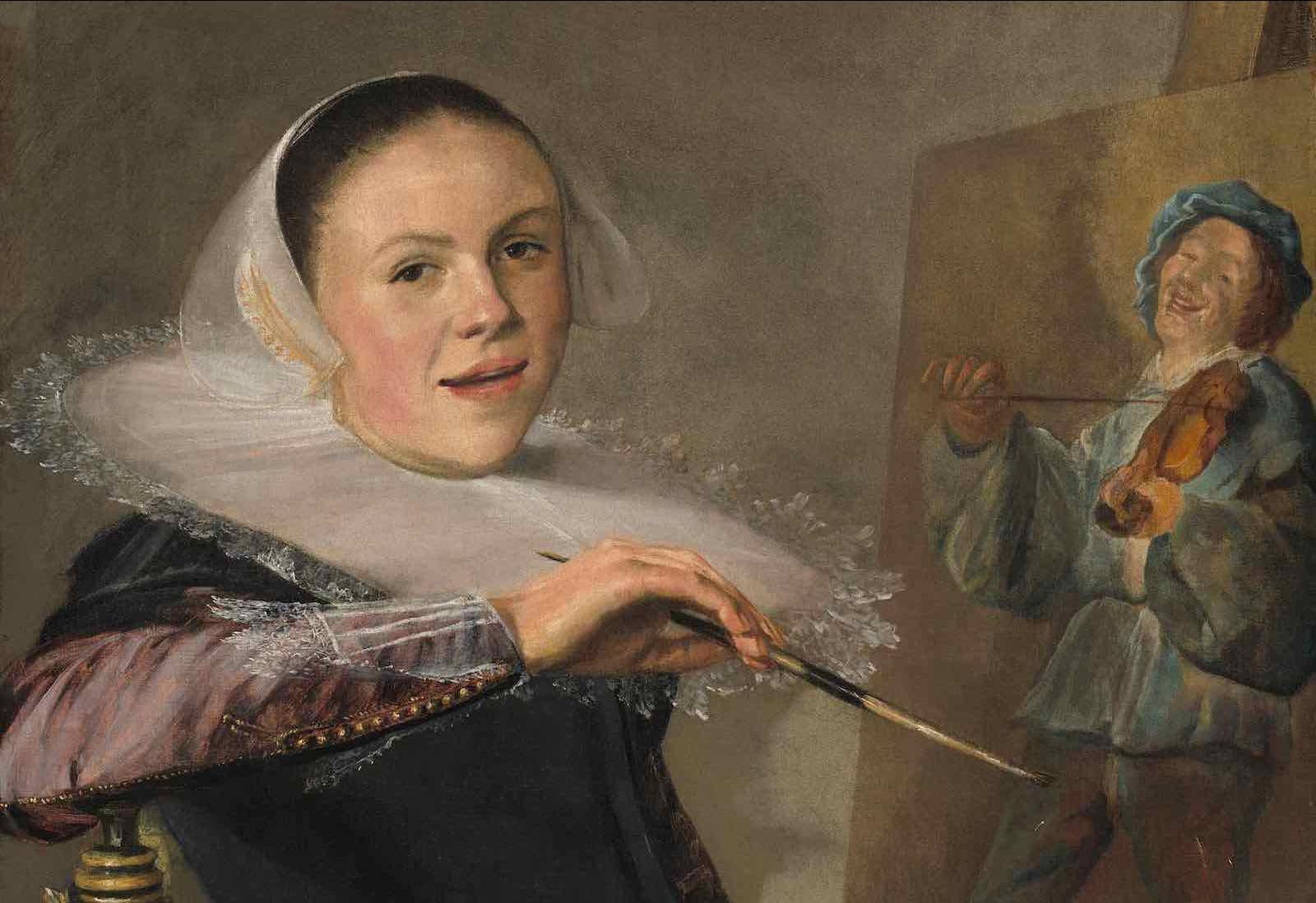
Judith Leyster, Self-Portrait, 1630.
Although men have dominated art historical narratives of the period, women were active as artists and innovators in the seventeenth-century Netherlands. Women often operated outside traditional professional areas and without much formal training, what art historian Elizabeth Honig has called the “grey zone between the one world and the other.” But they were there, working in a variety of mediums, marketing and selling their work, and advancing new genres and techniques.
The names and careers of many women were erased in the centuries to follow. They were variously relegated to the category of “amateur,” positioned as exceptions to rules set by men, or their works were misattributed to their husbands, brothers, or teachers. If you cannot name five women artists from the period, it is a fault in how women are remembered.
Fortunately, scholars and curators are reviving these oeuvres and changing the way we talk about them. From the paper cuttings of Joanna Koerten to the drawings of Gesina Ter Borch, here is a preview of the virtuosic, detailed, and exciting work of (some of!) the women of the Dutch Golden Age.




